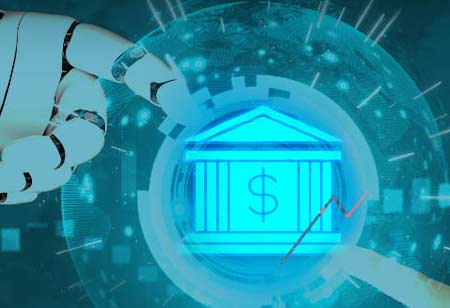THANK YOU FOR SUBSCRIBING

By
Banking CIO Outlook | Friday, May 20, 2022
Stay ahead of the industry with exclusive feature stories on the top companies, expert insights and the latest news delivered straight to your inbox. Subscribe today.
By investing in advanced analytics solutions, banks can gain real-time insights about individual prospects and customize interaction. These tools can help companies build interest in their products and services on a customer-by-customer basis and improve consumer segmentation by providing meaningful and accurate insights.
Fremont, CA: The banking industry has witnessed significant progress over the past few years by leveraging data. Recently advanced analytics has emerged as one of the crucial instruments in the financial industry. Leveraging advanced analytics, banks are able to efficiently manage cyber security, improve customer experience, effectively implement sales management strategies, detecting fraud and financial risk.
Banks are using advanced analytics to improve performance across all business operations and create measurable growth. Here are some compelling advanced analytics banking use cases that demonstrate how data science is altering the industry:
Customer Acquisition
By investing in advanced analytics solutions, banks can gain real-time insights about individual prospects and customize interaction. These tools can help companies build interest in their products and services on a customer-by-customer basis and improve consumer segmentation by providing meaningful and accurate insights.
Citibank, for instance, is a major proponent of a data-driven, analytical strategy and frequently tries with novel analytics use cases by deconstructing data. Customer acquisition and retention are some of the most common use cases. The bank employed machine learning algorithms to examine its client data and use the results to target promotional spending.
Companies can use analytics to investigate new customer performance in the past, analyze campaign efficacy, estimate each customer's prospective value, predict price sensitivity, and personalize the acquisition offer.
Analyzing Fraud
External fraud has increased in both value and volume, according to KPMG's Global Banking Fraud Survey 2019. As a result, banks place a high focus on fraud detection and prevention. To monitor transactions and activity and detect fraud, Advanced Analytics has replaced the manual procedure with automated data-driven technology.
Analytics technologies can detect and investigate financial crimes, including fraud, money laundering, and criminal financing operations, by recognizing transaction abnormalities and suspicious activity utilizing consumer data. Predictive analytics can also assist banks in analyzing client behavior, detecting suspicious activity, and protecting accounts from recurrent cyber-attacks.
If a consumer has alerted his or her bank that they will be traveling outside of the country, any financial activity outside of the customer's registered and present locations can be detected instantly. This would enable banks to issue real-time alerts and take immediate preventative measures such as informing customers and freezing accounts.
THANK YOU FOR SUBSCRIBING
Be first to read the latest tech news, Industry Leader's Insights, and CIO interviews of medium and large enterprises exclusively from Banking CIO Outlook
I agree We use cookies on this website to enhance your user experience. By clicking any link on this page you are giving your consent for us to set cookies. More info



